Huerto de La Tabacalera: a community garden in Madrid
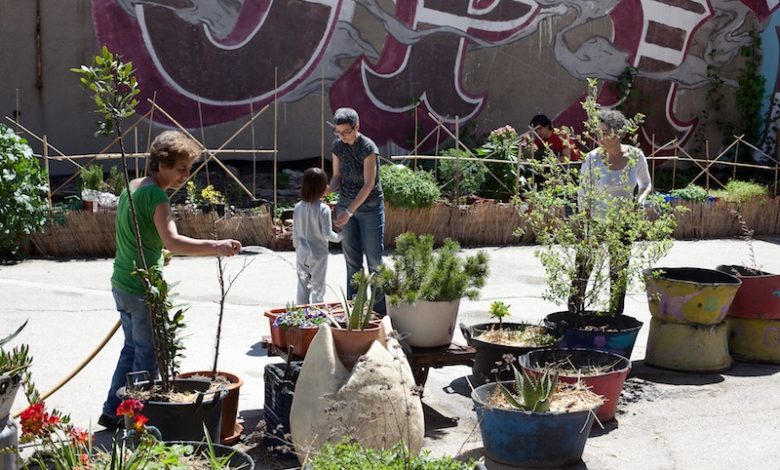
Good farmers! How’s the garden going? Today I am here to tell you about another report about another garden that belongs to the Community Garden Network of the Community of Madrid, it is about the TABACALERA GARDEN. Let’s see how it is!
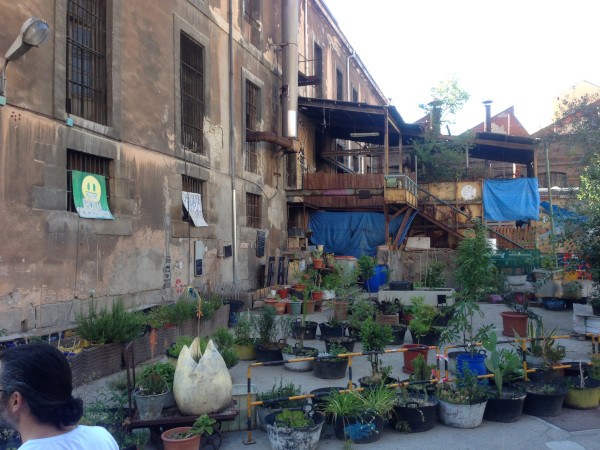
The origin of the Tabacalera Orchard
The Tabacalera orchard is located in the courtyard of the former MADRID TOBACCO FACTORY. It is a building that is located on Calle de Embajadores that has a lot of history.
Its construction began in 1781, when His Majesty’s Royal Treasury bought the orchards of the Community of Regular Clerics of San Cayetano. The building was originally called the Royal Factory of Aguardientes since it was initially designed to manufacture national products such as aguardiente, liquors, tobacco, playing cards… but in the end most of these were manufactured in other places.
In 1808, when Napoleon Bonaparte’s army occupied Madrid, they had the problem that the factory had a good amount of tobacco but the soldiers did not know how to make cigarettes. Hence, Jose Bonaparte decided to establish an authentic factory in 1809 with 800 cigar cases.
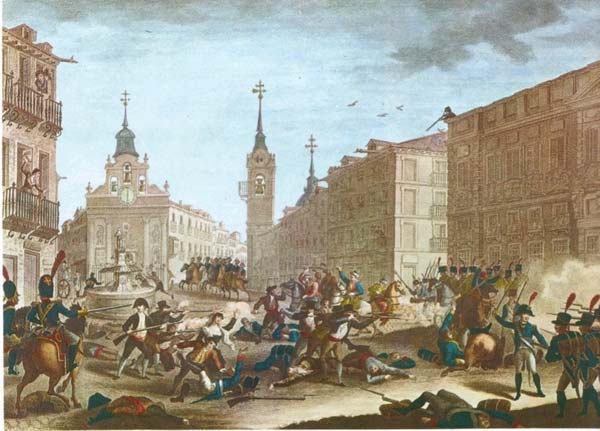
The cigar makers were the factory workers. YES, workers. Most of the people who worked at La Tabacalera were women and over the years they played an important role in the national industry since at the end of the 19th century, there were more than four thousand women workers, making it one of the points with the highest concentration of working women. We have to take into account that Madrid at that time had a population of 300,000 inhabitants.
Outstanding female workers’ leaders emerged from the Ambassadors’ workshops who, during the CIVIL WAR, committed themselves and militated in the women’s struggle against fascism. And not only was the role of the cigarette girls political, it was also very social. The change that hit the adjoining neighborhoods was very great since in the markets and the squares co-workers lived together. And even the interior of the factory was adapted to women by creating «milk rooms» for mothers or asylum-schools for those who needed it.
Already in 1945, Tabacalera SA was left with the property of the factory and little by little it was progressively diminishing its activity; by the transfer to other factories and by a lower productive activity. Leading to the closure of the factory in the year 2000.
WHAT IS TOBACCO NOW?
Since its closure in 2000, La Tabacalera has been attached to the Ministry of Culture.
The plan that the Ministry had for this symbolic building was to restore it to be the headquarters of the museums of Artistic Reproductions and Decorative Arts, but the proposals that were given were very expensive. So the building spent 7 years suffering deterioration due to its non-use.
Hence, in 2007, the General Directorate of Fine Arts proposed to the SCCPP association the realization of an artistic-cultural project in the building. I agree to carry out a project called La Tabacalera Self-managed Social Center that has been renewed through agreements.
HOW WAS OUR VISIT?
A few days ago, my partner Álvaro and I were lucky enough to visit La Tabacalera. We find a social center with a good number of associations that help enrich the knowledge that people who live in the Lavapies neighborhood may have. However, just as we said at the time in spaces such as ESTAESUNAPLAZA or LA CEBADA, they have totally free entry at any time as they are open spaces; here everything is much more controlled. Not because of the people who run the center, but because the building belongs to the Ministry and is registered as Historical Heritage and special care must be taken with what is done inside.
La Tabacalera, therefore, is a group of associations that coexist in the same building and that have an organization governed by Assemblies. One of these associations is the one that runs the garden.

The only problem they have is finding problems to be able to open up to the neighborhood. From within, the participants of La Tabacalera want to give more participation to the neighborhood but it is difficult because of the category of the building. This is another negative part for the orchard, they do not have that advantage that other orchards in the Network have in which people have access almost at any time.
WHAT IS THE TOBACCO GARDEN LIKE?
The orchard is located in the courtyard of the building, although it has an irregular layout since they do not have much land. I make a point to make a request that they made us, if someone can donate land, they would be delighted
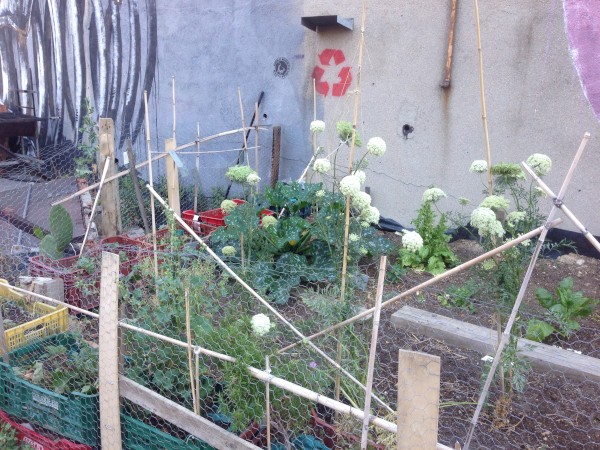
I follow…
As I say, they have very few spaces with land and the asphalt that surrounds the patio cannot be touched since it is within the Historical Heritage and cannot be damaged.
They have three terraces in which we can find various types of vegetables such as tomatoes, lettuce… They also have different trees placed in pots and surrounding one of the terraces.
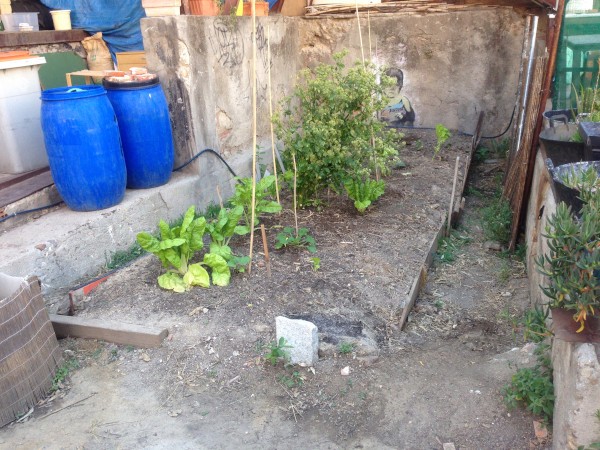
They use very ecological techniques that we have seen in other orchards such as making compost or using straw to hold the moisture in the soil since they do not have the possibility of drip irrigation. This is because they do not have a hydrant and have to be watered manually with a watering can.
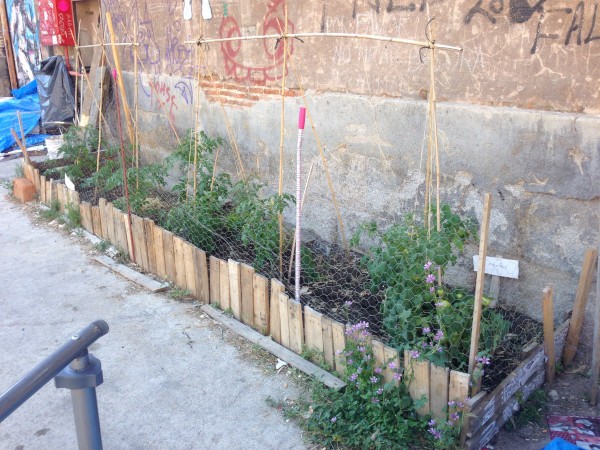
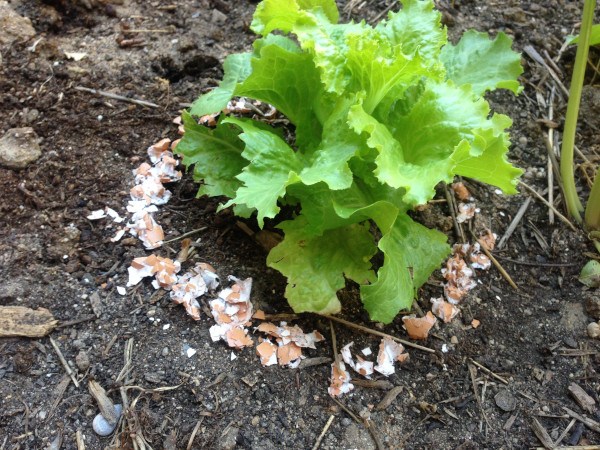
Also when we went, they were «researching» on a new technique to stop an infestation of slugs. This technique consisted of using eggshells so that when the slugs get close they are trapped in the shell and do not affect it, in this case; to lettuce.
I hope you liked it and now you know a little more about La Tabacalera, this mythical space in Madrid. See you!


![Photo of Riccia Fluitans Plant: [Care, Cultivation, Characteristics and Needs]](https://www.complete-gardening.com/wp-content/uploads/2022/08/riccia-fluitans-plant-care-cultivation-characteristics-and-needs-390x220.jpg)
![Photo of Equatorial Climate: [Characteristics, Flora, Fauna and Adaptability]](https://www.complete-gardening.com/wp-content/uploads/2022/08/equatorial-climate-characteristics-flora-fauna-and-adaptability-390x220.jpg)
![Photo of Sow Bugs (Porcellio scaber): [Characteristics, Detection, Effects and Treatment]](https://www.complete-gardening.com/wp-content/uploads/2022/08/sow-bugs-porcellio-scaber-characteristics-detection-effects-and-treatment-278x220.jpg)